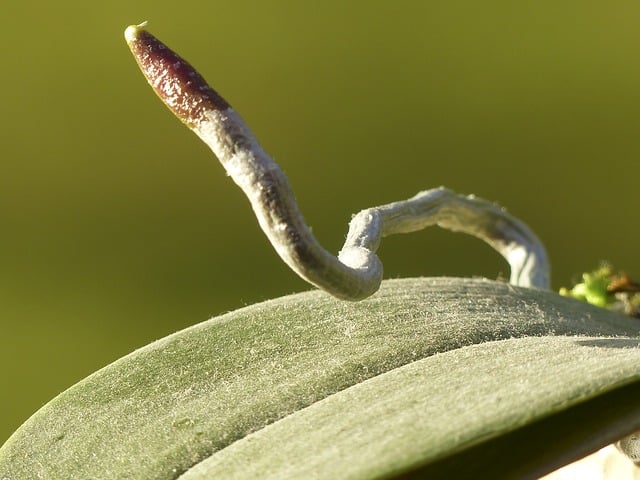Orchid roots become dry and shrivel up due to Overwatering. This issue may also arise due to improper humidity. Orchid roots become brown and dry when they receive less water than needed.
Most orchid roots are aerial as they try to attach to branches of other trees. This is not for support but to absorb moisture and nutrients.
You want the roots to be healthy. If they don’t look healthy there’s something definitely wrong with the plant. Are your orchid’s roots dry and shriveled?
Why are my Orchid roots shriveling?
Orchid roots become dried and shriveled up due to Overwatering. This issue may also arise due to improper humidity.
You need to act quickly once you see dry, shriveled roots on your Orchid. Firstly, try to identify the particular issue that affects your orchid.
How do you tell if the Orchid is Over or Underwatered?
The symptoms of overwatering and underwatering are almost exactly the same. So, how do you tell the difference between them?
Overwatered plants’ roots become brown/black and mushy. You can tell by touching the roots. They do not feel dry.
Underwatered plants’ roots are dry to the touch and are actually dry. Such roots are not mushy. You can check the soil with your fingers, to be extra sure.
Orchid roots rotting
Overwatered roots of Orchids look brown and mushy. Such plants are potential victims of root rot. You might wanna fix the problem as early as possible.
Overwatering causes root rot. Stop watering your orchid plant immediately.
Signs of root rot
- Buds fall off abruptly. This is an early sign of root rot.
- Soft, withered leaves appear on the orchid plant.
- Black/Brown mushy roots are a sure sign of root rot. Act immediately.
To fix Root rot
Root rot is dangerous but it can be fixed. Stop watering the plant for a while. Let the affected roots dry. This works if the root rot is in an early stage.
After the blooming season, cut off the dead, infected parts of the plant. Repot the plant in fresh soil in a different pot.
Tip: The best way to water your orchid is by giving it 3 ice cubes a week.
Orchid roots turning brown and dry
Orchid roots turn brown and dry when they are not watered enough. Pick some soil/potting mix from the pot and see if it’s moist.
If the potting mix is dry, then the plant is underwatered. Orchids need 3 ice cubes a week to thrive.
The main sign of underwatering in orchids is pleated or puckered leaves. Try to get your orchid back to your normal watering routine.
Try to repot the plant in a transparent pot as this helps to diagnose issues early on. Soak the roots and bark to revive the plant.
How long does it take to rehydrate orchids?
Your orchid went through a lot of stress in the past few months/weeks. You probably need to give it enough time to recover, but how long would that be?
Your orchid might take 1-3 months to recover from the drought stress. Meanwhile, you need to be patient and care well for the plant.
Should I cut off dry orchid roots?
You should not cut dry roots usually. You need to first make sure that the root is dead. Only then cut them with sterilized snips.
Be careful when cutting the dry roots as you don’t want to harm the plant.
How often should you water an orchid?
You should water your orchid once a week usually. If the conditions are warmer, then you need to water the orchid more often.
Give 3 ice cubes to your orchid once a week to quench its thirst. You can increase the no. of ice cubes if you think the weather is warmer.
Orchid aerial roots drying out
Low humidity leads causes dry, shriveled-up roots in orchids. Orchids thrive in humidity that ranges from 40% to 70%.H umidity plays a vital role in the health of orchids. As orchids have aerial roots, humidity has a direct impact on orchids.
One can increase the humidity by placing the orchid pot in a tray with pebbles. Fill this tray with water so that the water doesn’t touch the base of the pot.
This water-filled tray will increase the humidity in warmer conditions. You can also place multiple pots in a pebble-filled tray for efficiency.
Just make sure you don’t interrupt the air circulation. Here’s an awesome article on why orchid leaves turn white.

